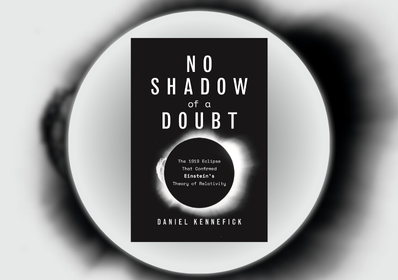
Humanitarian, global health, and development organizations confront an unprecedented crisis. Donor funding is in a downward spiral, while needs intensify across every sector. Organizations face stark choices: reduce programs, cut staff, or fundamentally transform how they deliver results. Traditional capacity building models have become economically unsustainable.



